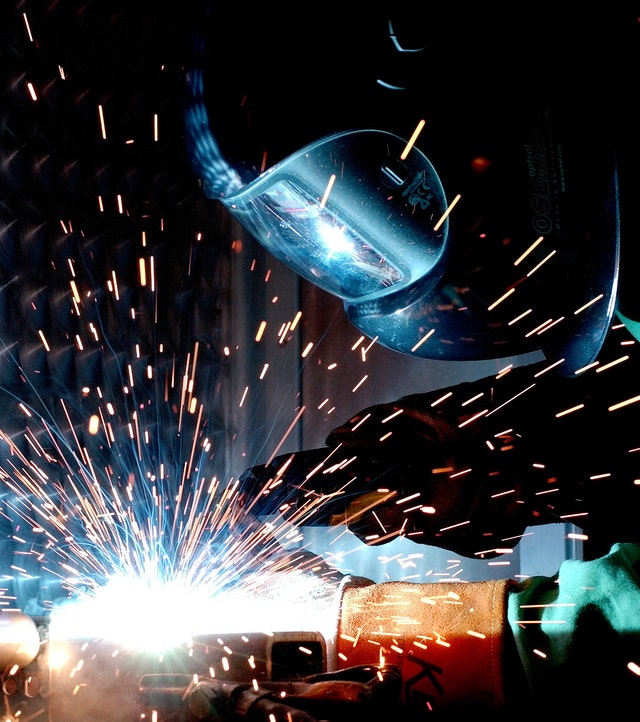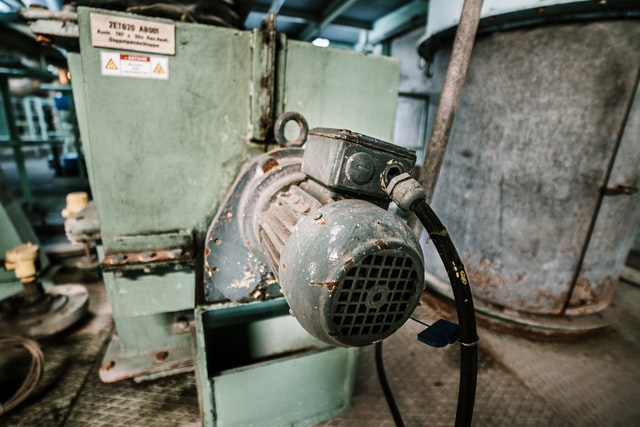This information has been extracted from “Air Conditioning, Heating & Refrigeration mechanic Castro Valley”. Hermetic Sealed Compressors is widely used for the refrigeration and air conditioning applications. Appliance Repair in Irving TX, renders its best services on these electronics. We extend our gratitude to the author on this important piece of information.
The most popular compressors used on small air conditioning and refrigeration units today are the hermetic sealed type. Compressors of this type usually have one cylinder or two cylinders. The operation of the compressor is basically the same as that of the “open type’ compressor. It has pistons, valves, and a crankshaft, but because the motor is encased with the compressor in a gas-tight container, the need for the crank-shaft seal is eliminated.
The compressor and motor are in direct drive; a common shaft is used as a crankshaft and motor rotor. Though the compressor is small size, it can maintain a capacity of a larger slow speed compressor because it runs at the same speed as the motor.
Because of the noise created by the valve action and the movement of gases at greater speeds, noise suppressors or mufflers are installed on the suction and discharge lines. On most models, the suppressors are found inside the hermetic shell or housing.
There are several ways in which the motors and compressors are mounted inside the housing. Some have the motor stat-or pressed into one half of the housing and the compressor is mounted to the motor stat-or. On others, the compressor and motor are bolted together and are suspended in the housing from springs to eliminate vibrations. The manufacturer’s technical manual usually has a schematic drawing showing the construction of the unit and should be consulted before attempting any repairs.
A major problem encountered during the development of the hermetic units was the cooling of the motor. Three methods of cooling are in use:
- Refrigerant-by allowing the return refrigerant from the evaporator to enter the housing and flow around the motor. This cools the motor but also reduces the volumetric efficiency of the compressor as the heat from the motor causes the refrigerant to expand slightly.
- Air-by pressing the stat-or into the housing, the heat will be transferred to the housing and dissipated to the surrounding air.
- Water- on some units where it is feasible, tubing is wrapped around the motor end of the compressor. Cooling water is circulated through the tubing and carries away the excess heat of the motor.
It shows an accessible hermetic compressor. The term accessible is derived by the fact that access plates make it possible to open the unit for repairs. Care must be taken when repairs are made that all parts are clean and free of moisture, that all seating surfaces make good contact, and all gaskets conform with the manufacturer’s specifications.

A non accessible type hermetic unit is encased in the two halves of the casing and welded closed. It is possible, with special equipment, to grind off the weld and open the unit. By bleeding carbon dioxide or nitrogen gas into the dome to prevent an explosive mixture of air and oil fumes, the two halves can be resealed by arc welding. Care must be taken not to overheat the unit and harm the electrical wiring of the motor. These repairs are to be accomplished in a refrigeration shop and should never be undertaken in the field.
Some hermetic sealed units include the rotary compressor. These units are more compact and develop less vibration than units with the reciprocating type compressor.
The motor and rotary compressor is mounted in a two piece sealed housing the same as the reciprocating hermetic units previously described.
It shows the two types of valves most commonly used in the rotary compressors. Although other types are in use, the basic principle of operation is still the same.
In view A, the impeller or roller contains the blades or valves. The valves are mounted on springs to keep them in contact with the cylinder housing. The bore of the cylinder is off center from the motor shaft allowing a space between the roller and cylinder at one side while the opposite side (between the ports) has a very close fit. As the rollers turn in the cylinder, refrigerant enters the suction port as the valve or blade passes. When the second blade passes the suction port, the refrigerant is trapped between the two blades. As the roller continues to turn, the open area between the blades, roller, and housing becomes smaller. This compresses the refrigerant and, when the leading blade passes the discharge port, the compressed refrigerant is forced through the port into the discharge line.
In a view B, the valve or blade is stationary in the cylinder housing. The cylinder is centered with the motor shaft but the rotor is an eccentric. As the rotor turns, the area of close clearance between the rotor and cylinder housing travels around the cylinder. The valve or blade acts to separate the high and low pressure areas. Each of these compressors has very close side clearance between the roller and housing and the roller and end cover plate to prevent refrigerant from leaking from the high to the low pressure areas.
We offer “Appliance repair service in Irving TX“, call us for same-day service.
Continue reading article on Hoses and Lines


